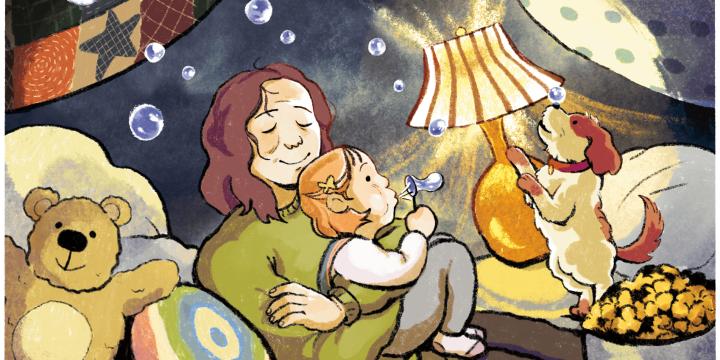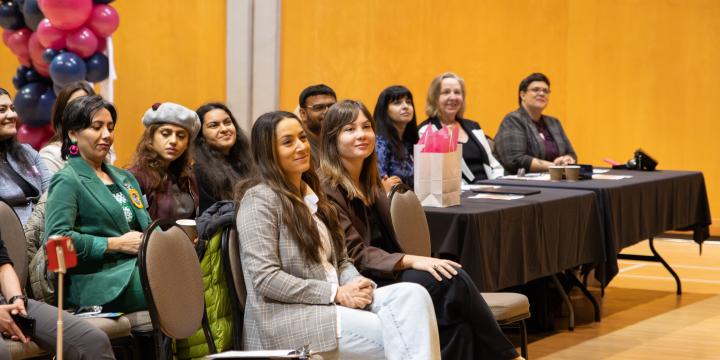
“Wrongful gender stereotyping is a frequent cause of discrimination against women and a contributing factor in violations of a vast array of rights such as the right to health, adequate standard of living, education, marriage and family relations, work, freedom of expression, freedom of movement, political participation and representation, effective remedy, and freedom from gender-based violence.”[1]
What Does “Gender Stereotype” Mean?
“A gender stereotype is a generalized view or preconception about attributes or characteristics, or the roles that are or ought to be possessed by, or performed… [by people depending on their gender identity, gender expression and/or their sex assigned at birth] A gender stereotype is harmful when it limits… [people’s]... capacity to develop their personal abilities, pursue their professional careers and make choices about their lives.”[2]
Understanding Gender Stereotyping
Gender stereotypes are embedded in the society we live in. This can be seen in the media’s representation of what it means to have a gender, the perpetuation of gendered roles in relationships and the continuation of gender-based violence.
This can have adverse affects on young people when they are maneuvering the challenges of growing up in a society that wants to categorise us as “female” or “male” and/or “woman” or “man.” It’s not that simple. Our world is not binary. There needs to be acknowledgement and understanding that gender is fluid and changing and it is not something that can be put in a box.
If we can think critically about gender stereotypes, young people can experience greater levels of wellness and safety.
Why Is This Important?
Gender stereotypes can have negative affects on our relationships, especially the relationships we have with ourselves and our intimate partners.
It is important to share information with young people to highlight and analyze how gender stereotypes can be harmful, in order to build critical thinking and awareness around this issue:
- “Men who hold more traditional gender role ideologies… are more likely to perpetrate violence. Additionally, men who feel stress about their ability to conform to normative ideas regarding what it means to be a man are more likely to perpetrate inter-partner violence. Societies with greater gender inequities are more likely to teach young men a traditional gender role ideology and increase pressure that men act in traditionally masculine ways, including by perpetrating violence.”[3]
- “As sexualization of girls allow for objectification by boys and men – and increases self-objectification – it thereby diminishes or obliterates girls’ and women’s value and leads to continuing violence against them… Simply put, sexualization of …[women]… and girls allow for… [boys and men’s]… dominant position in society…feed[ing] into the continuation of violence against women and girls.”[4]
- “Trans people also experience higher rates of discrimination and harassment than their cisgender counterparts and, as a result, experience poorer mental health outcomes. They are also at a greater risk for suicide as they are twice as likely to think about and attempt suicide than LGB people.”[5]
Additional Resources
- Canadian Youth Speak about Stereotypes
- How to Talk to Your Kids About Gender Roles
- How to Talk to Your Child about Gender
- How Stereotypes in Movies and TV Impact Kids Development
Next Week
Keep an eye on the blog next week to learn more about communication skills and the importance of communication and building emotional intelligence.

